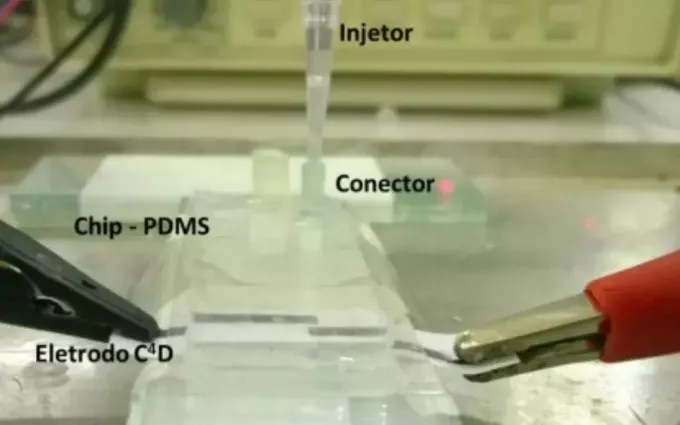For people who have diabetes, a researcher's new achievement will be a success. Ellen Flávia Moreira Gabriel, researcher at Federal University de Goiás (UFG), developed a disposable glucose sensor capable of measuring glucose through a patient's tear. See below details of this news that promises to help millions of people.
see more
Super typhoon with winds of up to 230 km / h is worrying residents of…
IBGE opens 148 vacancies for Census Research Agent; see how…
There is a new technology coming to healthcare. According to researcher Ellen Flávia, the sensor was named a colorimetric biosensor and, in addition to being disposable, it is capable of measuring the patient's glucose just by touching it close to the eye.
The big idea is that it be distributed in the Unified Health System (SUS), because, in addition to being simple, it costs only R$ 0.10. This is because the sensor is made of paper, unlike the others that are manufactured with more expensive materials.
sensor details

Ellen says that one of the main intentions was to prevent the patient from having to pierce his finger several times a day. In addition, the researcher proved the direct correlation between blood glucose and tear glucose.
The colorimetric paper sensor is very similar to portable pregnancy sensors. It can offer a positive or negative answer, as well as a quantitative one.
The search
The research was carried out at the Laboratory of Microfluidics and Electrophoresis of the Instituto de Chemical (IQ), from UFG, under the supervision of Professor Wendell Coltro.
According to UFG, the project was supported by the State of Goiás Research Support Foundation (Fapeg), the National Council of Scientific and Technological Development (CNPq) and the National Institute of Science and Technology in Bioanalytics (INCT-Bio).
Conquest
In addition to the sensor, Ellen's research was able to pant another product, an alternative hydrodynamic injector. According to the University, this instrument is directed to electrophoresis, a technique used in analytical separation of sample constituents such as tears, blood, water, food, among others. others.
This system allows a better separation of the constituents and, thus, improves the response of the technique employed, as well as increases the reliability of the results.
